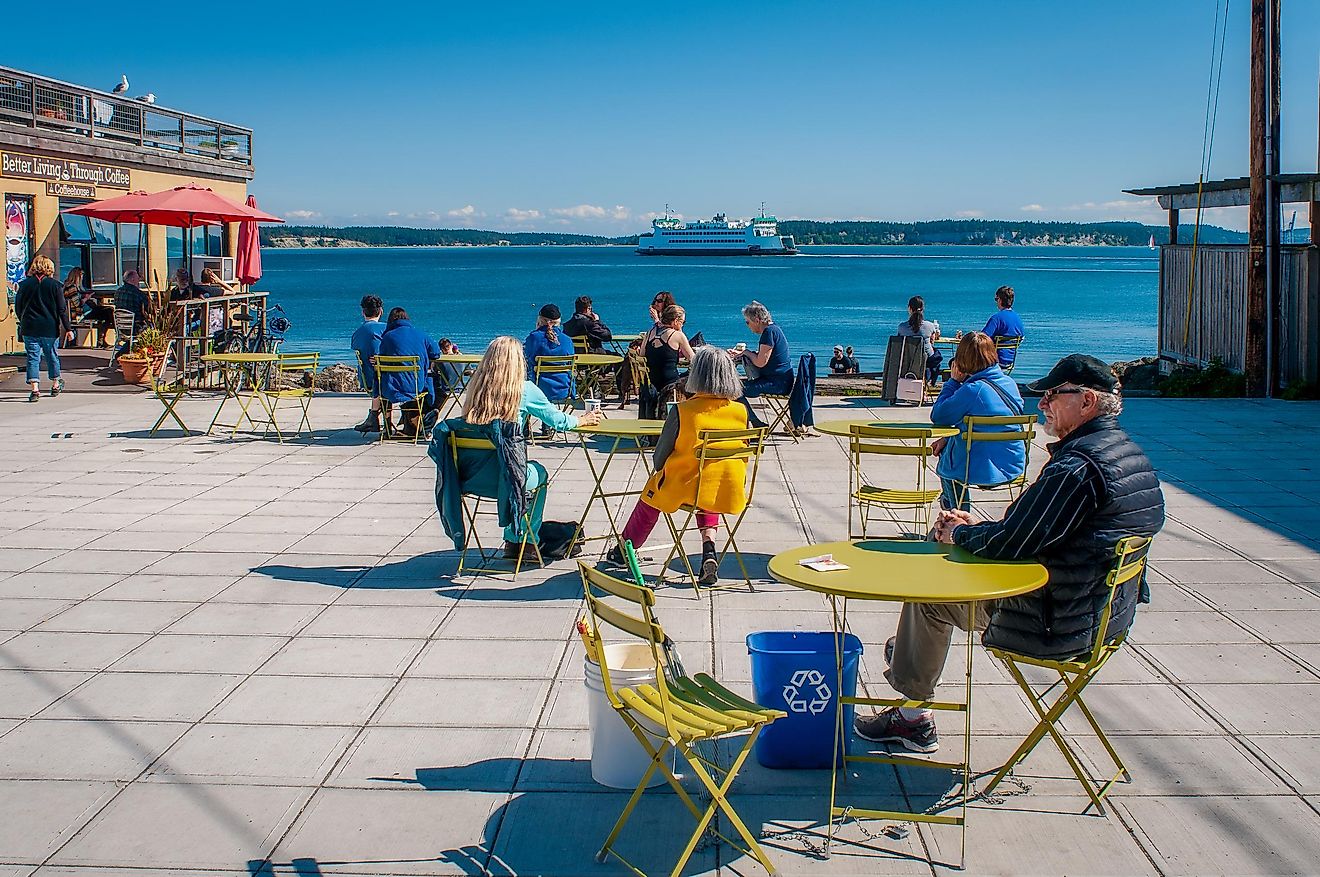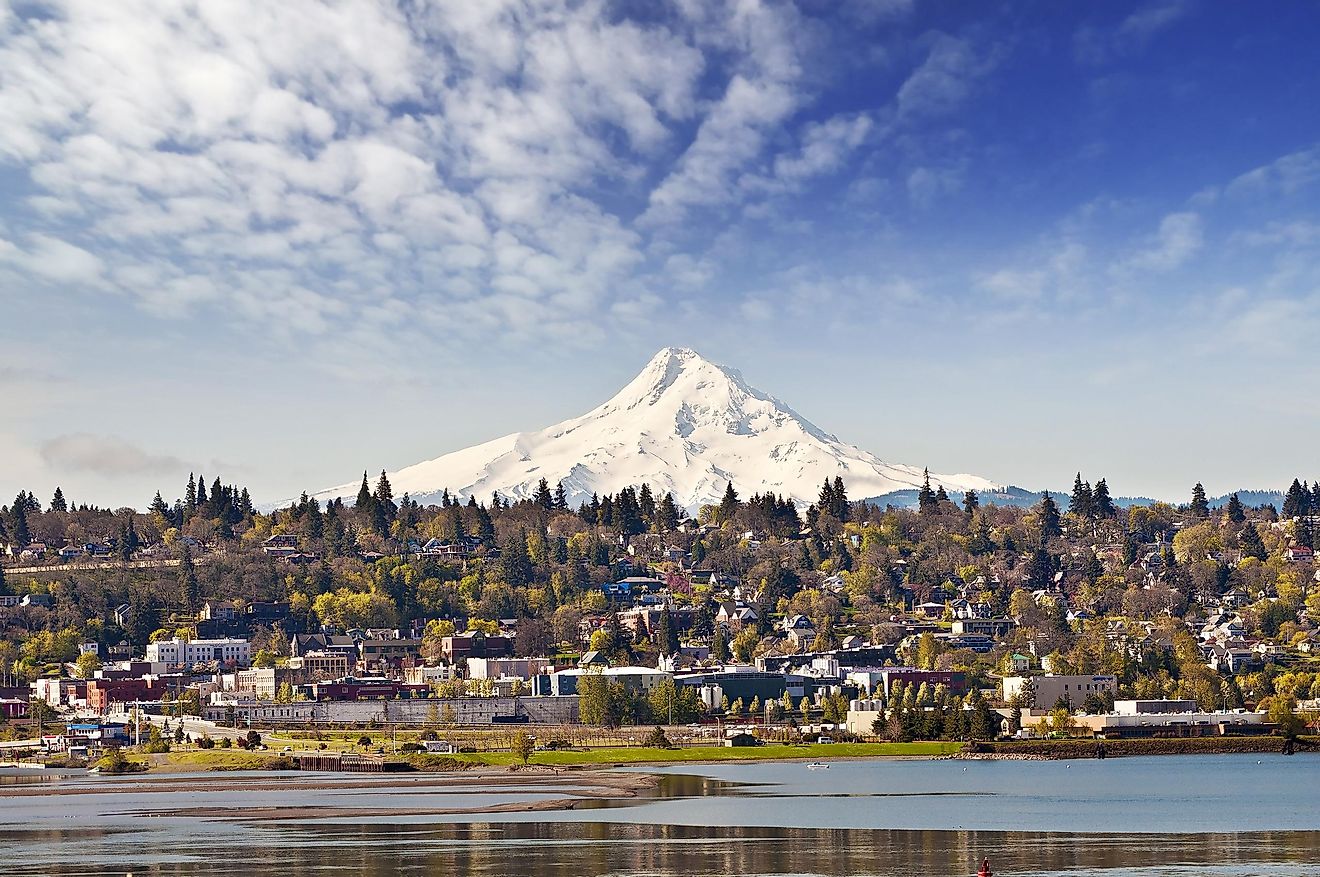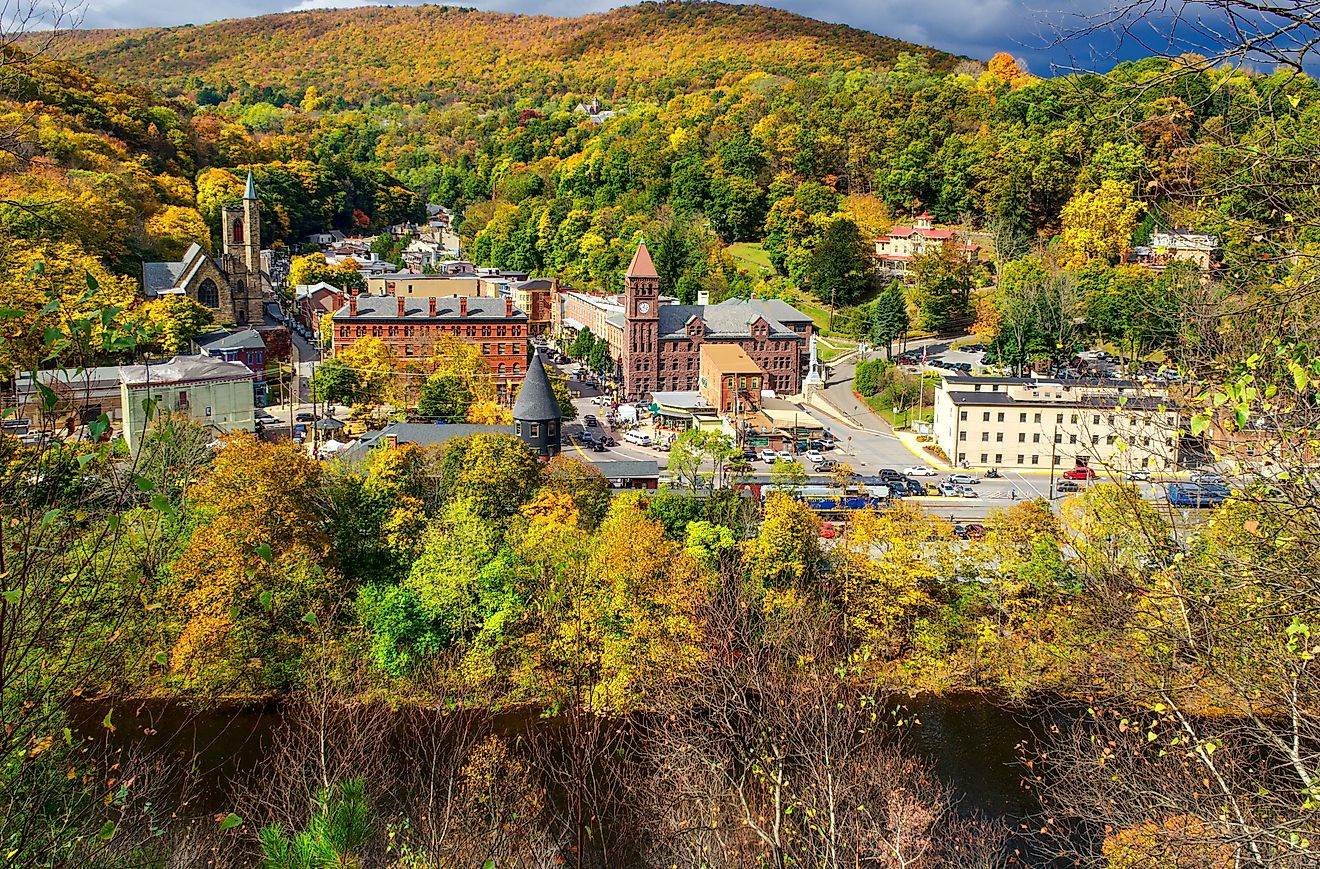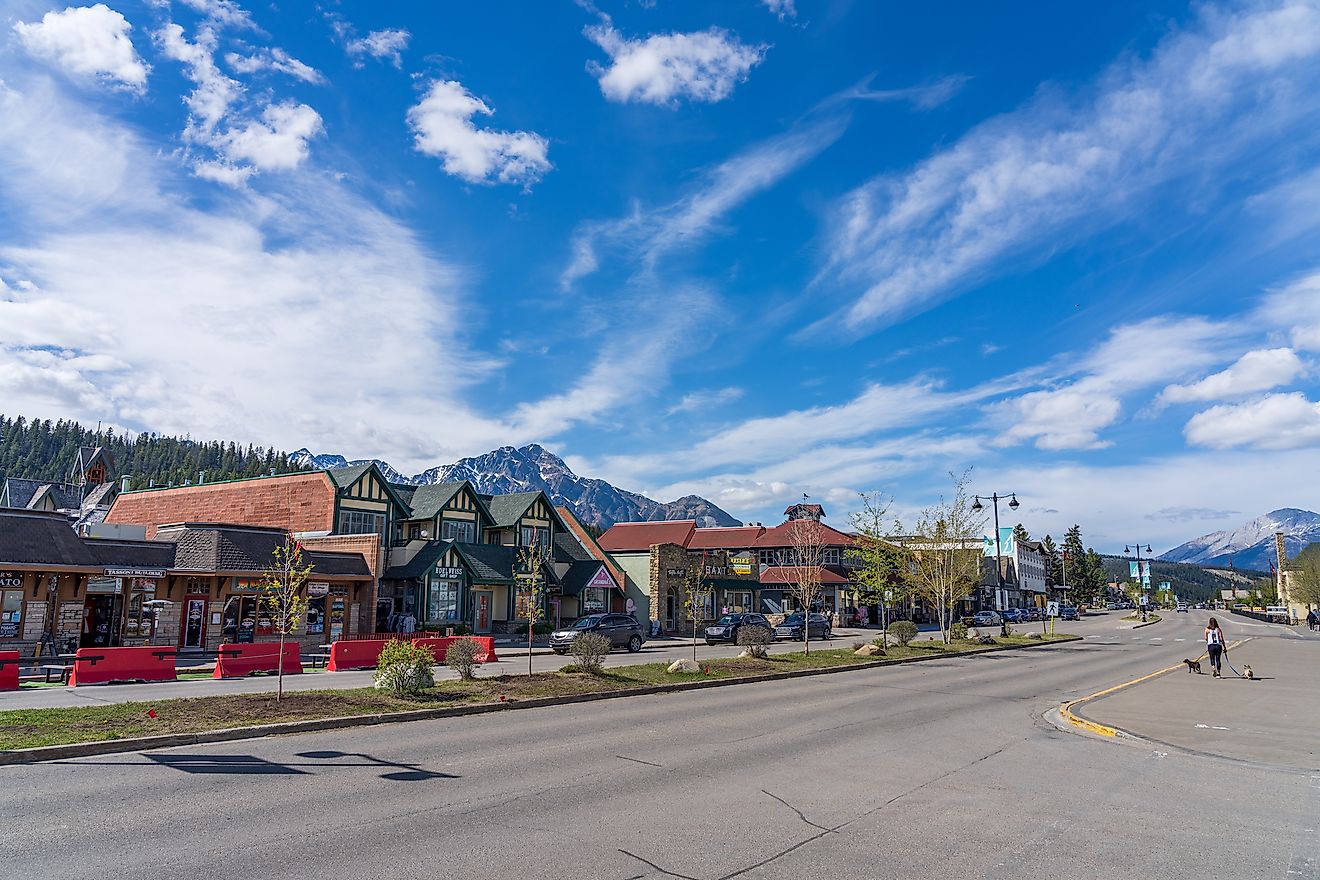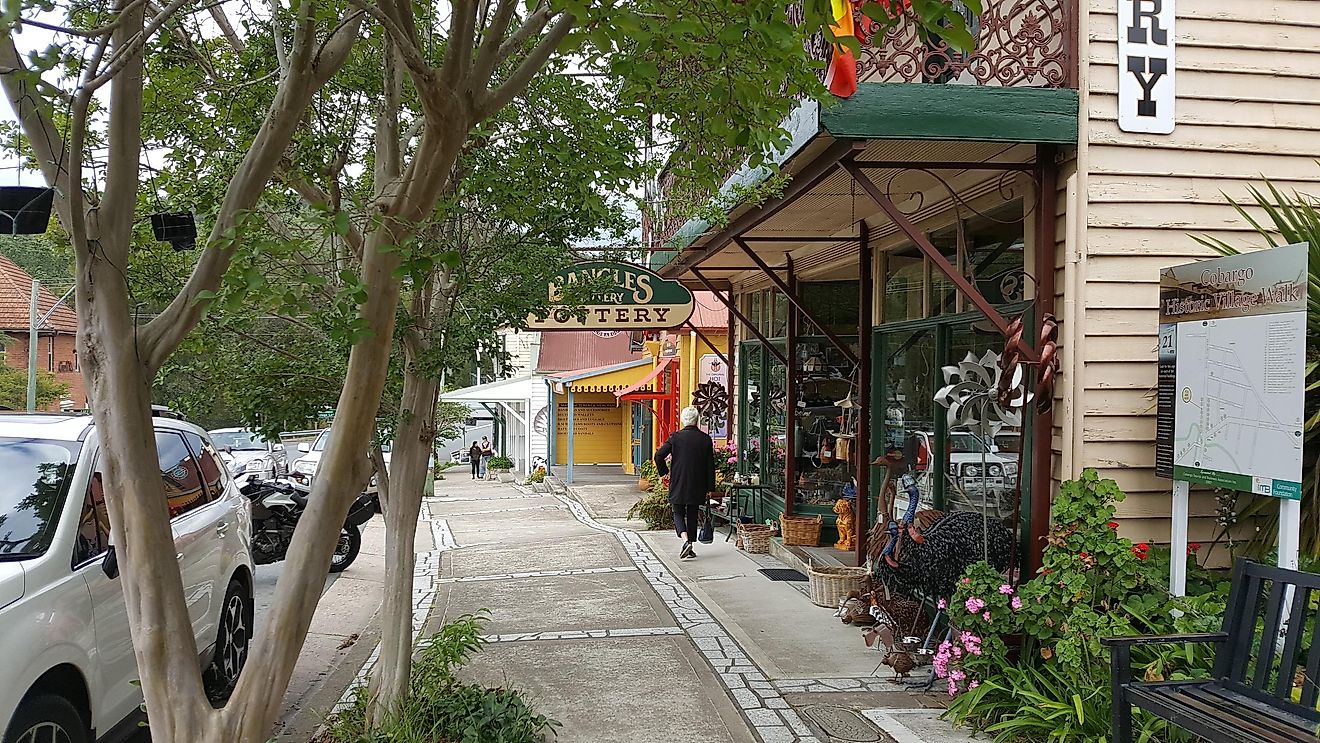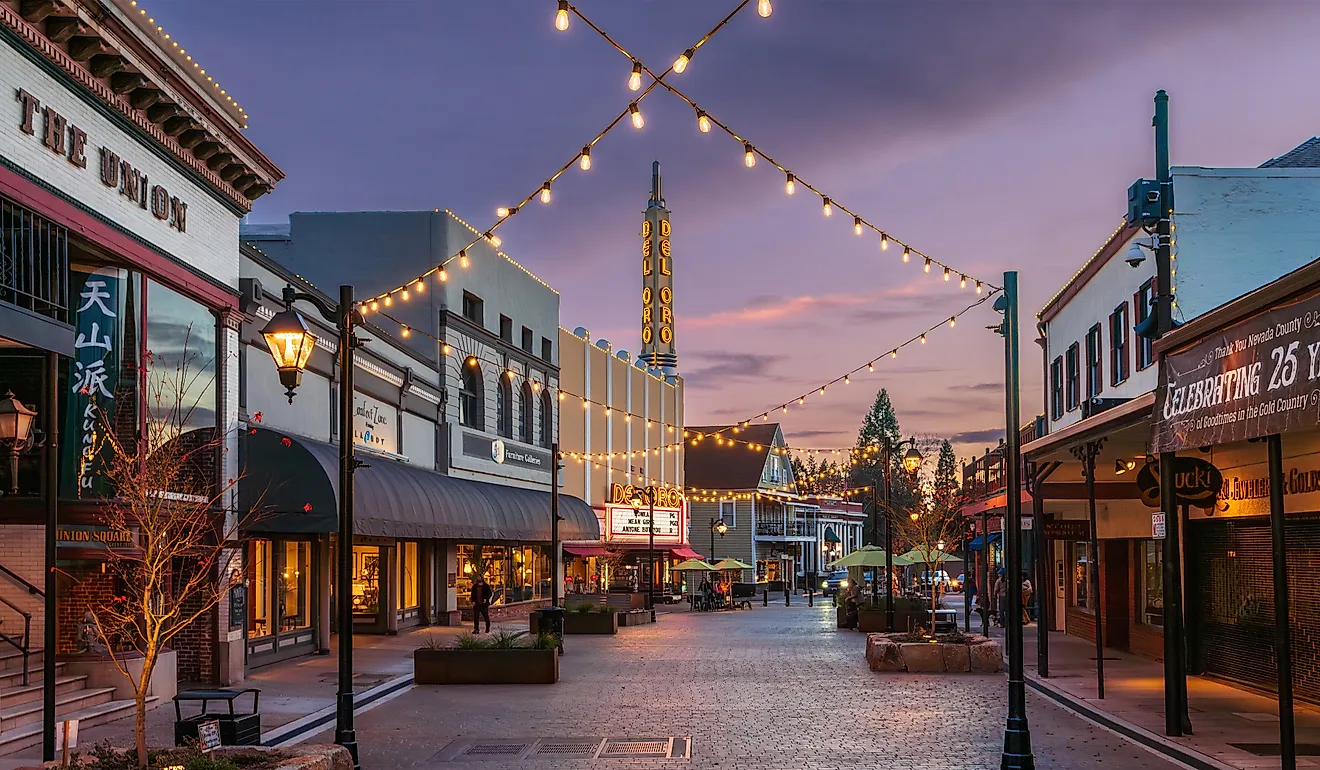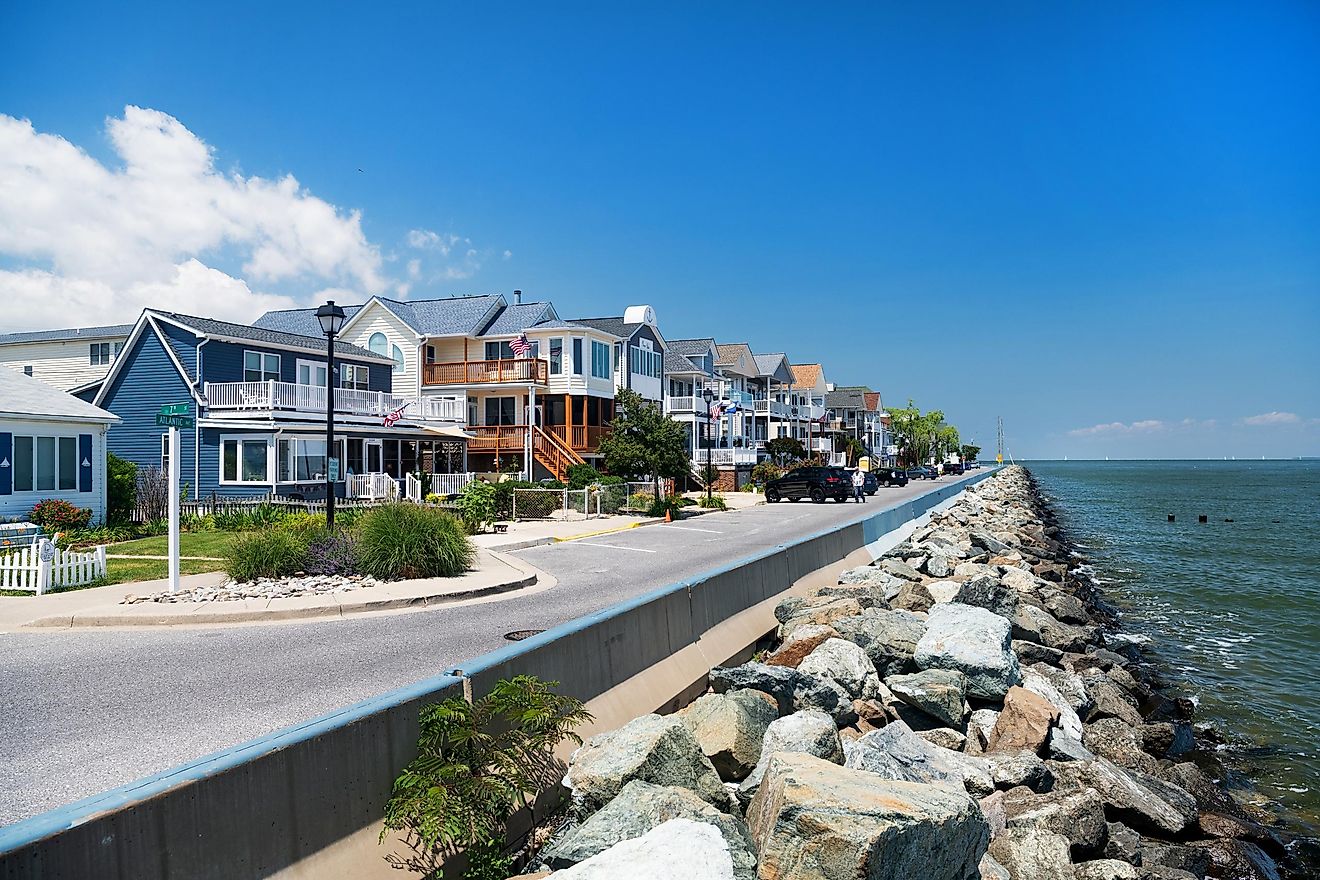
5 Most Beautiful Gothic Churches In Montana
Why do remote Montana towns hold some of the most distinctive Gothic churches in the American West? From mountainous highlands to river valleys, there are many remote settlements across this state. In these areas, people often built church buildings that were among the first signs of permanence for the early settlers of these communities. The first permanent European settlement was established by Jesuit missionaries at St. Mary’s Mission in the Bitterroot Valley in 1841. As towns developed due to the mining and railroad booms, the Gothic Revival and Carpenter Gothic architectural styles emerged as opportunities to bring the new settlers of these distant locations into contact with the traditions of the Old World. Many of the churches of this style, with their pointed arches, stained glass, and steeply pitched roofs, continue to be used today as places of worship and as monuments to the cultural heritage of the early settlers. Fill the tank and get ready to explore the most beautiful Gothic churches in Montana.
Cathedral Of Saint Helena, Helena

Consecrated in 1924 as one of the state’s most notable examples of Gothic Revival design, the Cathedral was built using a model of the Votivkirche in Vienna. It stands at 230 feet tall, providing a view of downtown Helena and the surrounding area. The Cathedral contains over 1,600 square feet of stained glass windows made in Munich. Each of these windows depicts scenes from the early church and the life of Christ. Carved altars, ribbed vaults, and pointed arches create a sense of grandeur, while the Cathedral’s size provides an intimate space for reflection. The architect A. O. von Herbulis employed the classic European Gothic architectural style, blending it seamlessly into Montana’s landscape to create a unique space where the combination of faith, stone, and mountain light comes together.
Visitors can attend daily Mass at the Cathedral or visit on their own to admire the stained glass, carved altars, and Gothic arches in an active worship environment. Seasonal guided tours are available between Labor Day and Memorial Day, allowing visitors to have a structured learning experience about the history and artwork within the Cathedral. Additionally, a variety of other events are offered throughout the year, such as “Before You’re Even Married” in the Brondel Center, “Christ the King Organ Recital” featuring Dr. Jonathan Embry, and liturgies for the Feast of the Immaculate Conception (a holy day of obligation). If you are unable to physically be in Helena, the weekly Mass is broadcast live on YouTube.
St. Mary Of The Assumption Church, Laurin
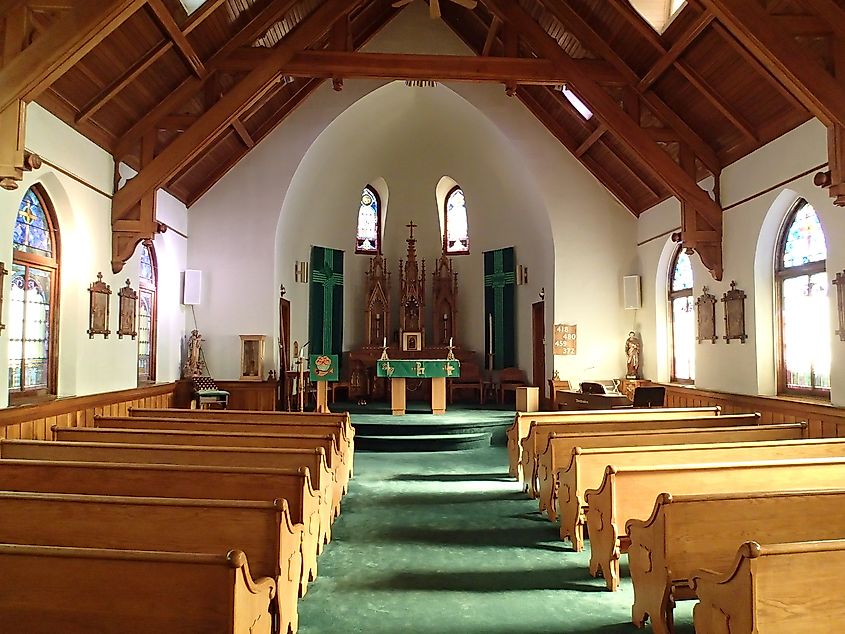
Completed in 1901, St. Mary of the Assumption Church is a prime example of rural Gothic Revival architecture in Montana. It was built using stone quarried from the Ruby Mountains and features a three-story bell tower and a steeply pitched roof covered with fish-scale patterned metal shingles. The square structure includes pointed-arch lancet windows and gable dormers on all four sides, each fitted with a lancet window that reinforces the Gothic design. A statue of Mary and an old church bell stand near the entrance. The church serves as a visual landmark in the Ruby Valley and is listed on the National Register of Historic Places. The surrounding cemetery contains many historic gravestones dating back to the late 1800s, making the property one of the oldest preserved Catholic sites in southwestern Montana.
Visitors may walk the grounds at their own pace when services are not being held. The church occasionally hosts Mass, weddings, or other parish events. When the interior is open, visitors can view the vaulted ceiling supported by ornate oak trusses, the original oak wainscoting and pews, and the large floor-to-ceiling reredos behind the altar. The original stained-glass windows remain in place, adding color and light to the interior and contributing to the early territorial character of the church.
St. Ann’s Cathedral, Great Falls
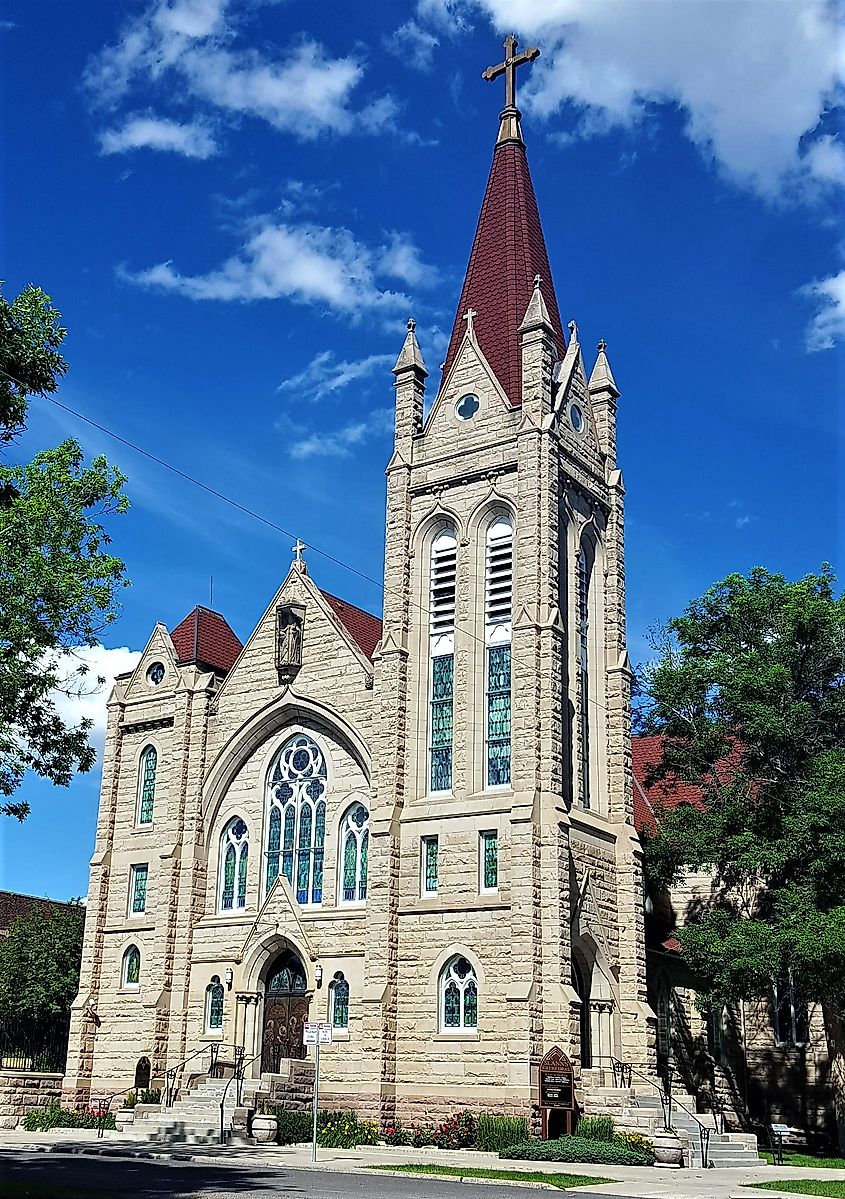
Since its creation in 1904 as a diocese, St. Ann’s Cathedral has been at the heart of the local Catholic community. In fact, the parish itself began with a donation of $3,000 by three area residents back in 1889 to construct the initial church building. Shortly after that, Bishop Mathias Clement Lenihan commissioned architect John H. Kent (who designed the Montana State Capitol) to create a new cathedral in the style of Gothic Revival. The cathedral was constructed using local stone and cost $100,000 to complete. It is a cruciform cathedral, with a ribbed interior vault, pointed arches, and a two-ton Christ statue (carved by sculptor W. R. Gifford from the Bitterroot), located above the entrance. The large church has an elegant spire, seats up to 500 people, and is made from carefully marked sandstone blocks, which makes it the largest church in Great Falls.
Visitors are welcome to attend daily Mass in the vaulted nave. St. Ann’s Kitchen has offered free meals for over a decade to both the homeless and lonely in the area every Friday afternoon. The kitchen offers a meal in a social setting. Visitors may also take seasonal tours of the cathedral to see the many beautiful stained glass windows, sandstone carvings, and original fittings still in place since the cathedral opened in 1907.
St. Patrick Co-Cathedral, Billings

Few people know that St. Patrick was elevated to co-cathedral status in 1980 when the Diocese of Great Falls was renamed the Diocese of Great Falls-Billings. The designation reflects Billings’ growth as Montana’s largest city and shares episcopal functions with St. Ann’s Cathedral in Great Falls. The early Catholic residents of Billings established St. Joachim’s Church in 1886 at 33rd Street North and 1st Avenue. However, due to the rapid growth of the community, they required a new, more permanent location for their congregation. As a result, construction on the present St. Patrick church began and the cornerstone was laid in August 1906. As is evident by the height of the steeple, the cross-topped spire and pointed arch windows are a direct representation of Gothic Revival architectural elements. In addition, the cream-colored masonry walls and the intricately carved details of the façade contribute to the strong vertical emphasis characteristic of this architectural style. On the inside, the bright worship space is created through the combination of a ribbed ceiling, stained glass windows, and the traditional pipe organ.
Although many people visit St. Patrick today for various reasons, the primary function of the building is to serve as a co-cathedral, which means that the building hosts weekly Masses and sacraments for the parish and provides an opportunity for people to experience the architecture in use rather than viewing it as a historical monument. The co-cathedral has endured for over 90 years as a prominent part of the faith life and local history of Montana’s largest city, thanks to its solid brickwork and its clear and identifiable Gothic design.
First Presbyterian Church, Bozeman
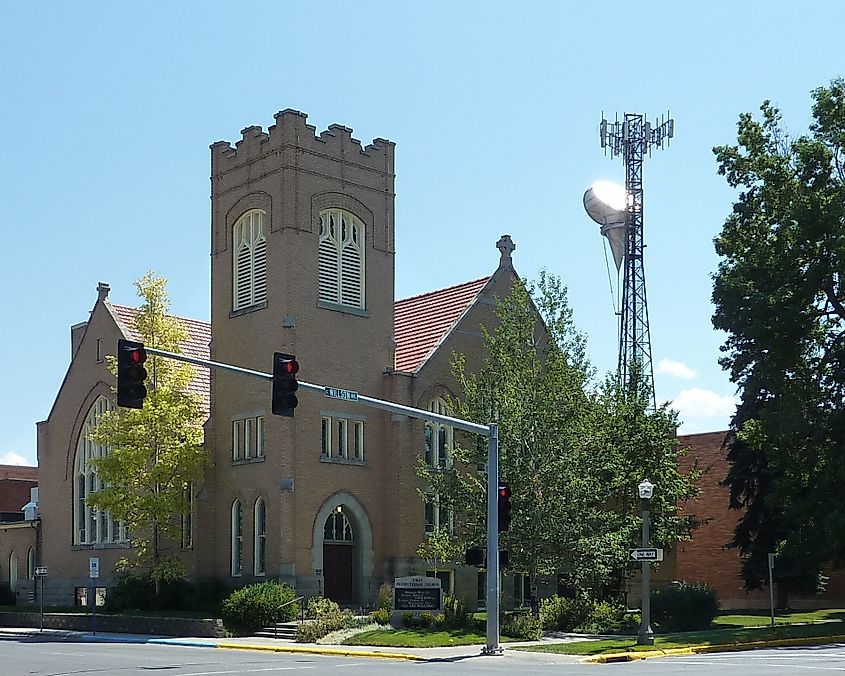
This Church is a documented example of Gothic Revival architecture and has been listed on the National Register of Historic Places since 1989. Architects Turnbull & Jones of Elgin, Illinois, designed the building with a high sandstone foundation quarried from Bridger Canyon and brick bearing walls constructed above it. The Gothic-arched doorway, square bell tower, and large stained-glass windows define the exterior. The roof is covered with red clay tile, and heavy wooden tracery frames the lancet windows throughout the nave. These elements make the church one of the most enduring early expressions of Gothic design in the Gallatin Valley.
Because the building sits along a well-known walking route in the Bozeman Historic District, many visitors include it in their exploration of the city’s early civic and religious history. The church is open to visitors during posted weekday hours to view the nave, stained glass, and handcrafted woodwork. The congregation maintains a full schedule of community events, and Sunday services are livestreamed for members who cannot attend in person. The church also sponsors Rockhaven Camp in Gallatin Canyon as part of its long-running summer youth and family programs.
Faith In Stone And Timber
Montana’s historic Gothic churches exemplify how three main elements (the faith of immigrant people, the use of locally available building materials, and the ambitions of designers) blended together to create enduring monuments of beauty. The Cathedral of St. Helena in Helena, the Carpenter Gothic-style St. Mary’s Mission in Stevensville, St. John’s Episcopal Church in Butte, St. Ann’s Cathedral in Great Falls, and the Co-Cathedral of St. Patrick in Billings each reveal a different chapter of this story, from mission settlement and Victorian-era protest to the expansion of Montana’s largest city. Their stained glass, stone and brickwork, and ongoing parish life show how these buildings function as historical landmarks and active centers of worship and service that continue to shape the spiritual landscape of the American West.

